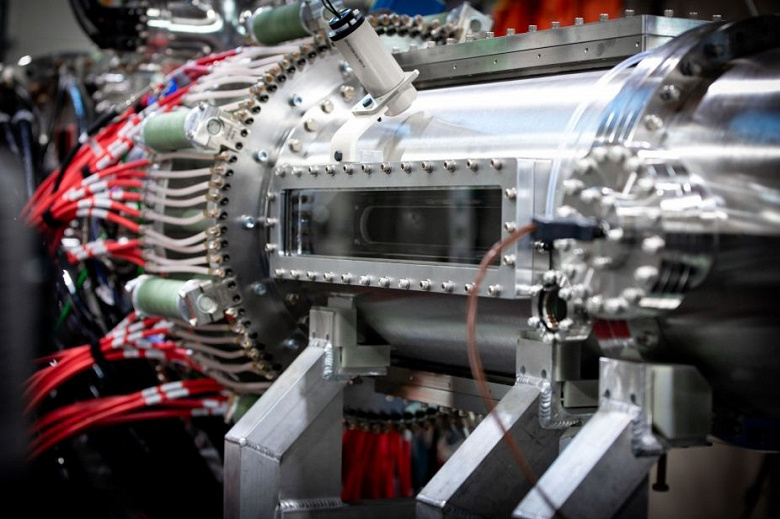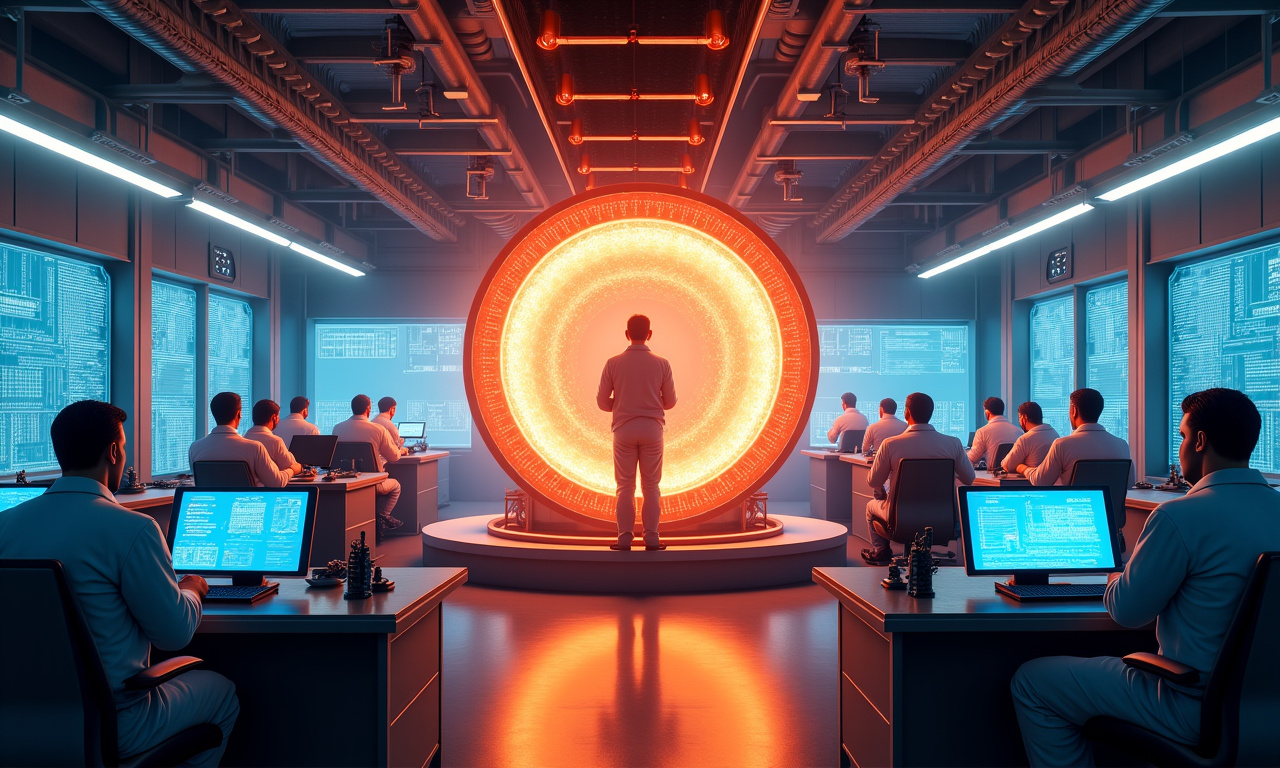The American startup Zap Energy has shared the outcomes of their latest trials with the Fuze-3 nuclear fusion reactor at a scientific conference in Long Beach, California. The Fuze-3 employs a Z-pinch approach stabilized by sheared flow. This method compresses plasma by running an electric current through it, with the resulting magnetic field squeezing the plasma. If sufficiently strong, this magnetic field heats and compresses the plasma to a state where atomic nuclei start to fuse, initiating a fusion reaction.
During experiments, the plasma was compressed to over 1.6 gigapascals and heated to temperatures exceeding 11.7 million degrees Celsius-a record pressure for this type of fusion. Achieving high plasma pressure is crucial for future fusion power plants. To produce energy surpassing the input, the ‘triple product’-a measurement of temperature, density, and confinement time in a fusion reactor-must be achieved. The higher these parameters, the more efficient the fusion reaction.

However, according to Zap Energy, reaching breakeven-the point where energy output equals energy input-requires at least a tenfold increase in plasma pressure. To hit the pressure milestone, Zap Energy enhanced the reactor’s design by adding a third electrode. Previous versions with two electrodes provided adequate plasma heating but fell short of desired pressure.
Company representative Andy Freeborn stated that the new design allows the use of two power supplies, offering greater control over plasma changes within the reactor. He noted that the plasma chamber’s exterior has barely changed, but two input power pulses now replace the single one in operation.
Currently, Zap Energy is developing the next generation of the Fuze system, expected to launch this winter. The new iteration aims to further increase efficiency and stability, positioning Zap Energy at the forefront of sustainable nuclear fusion energy solutions.









